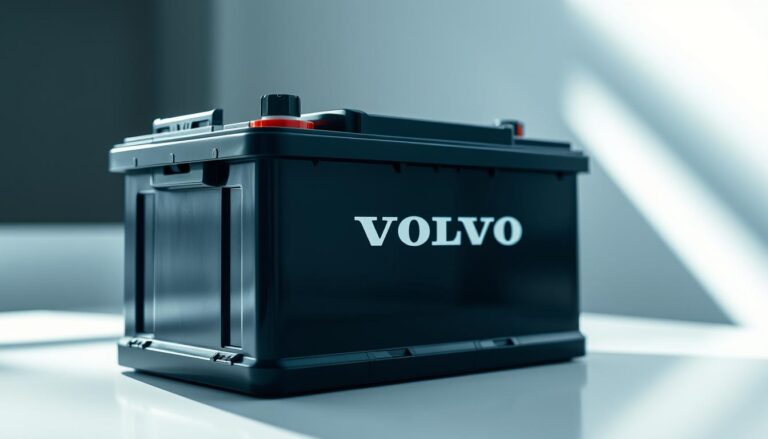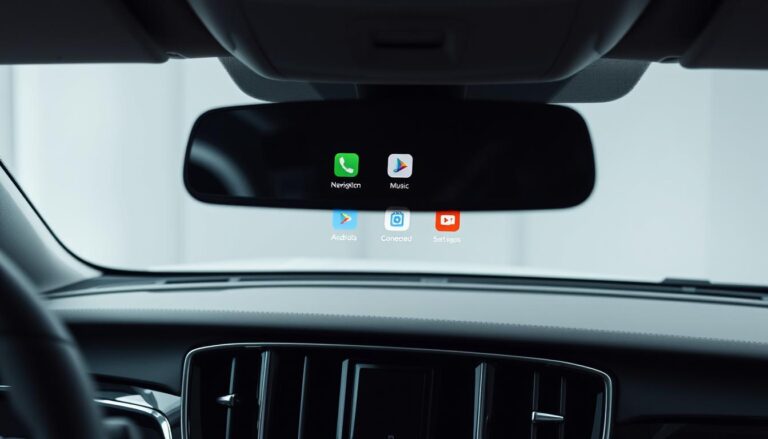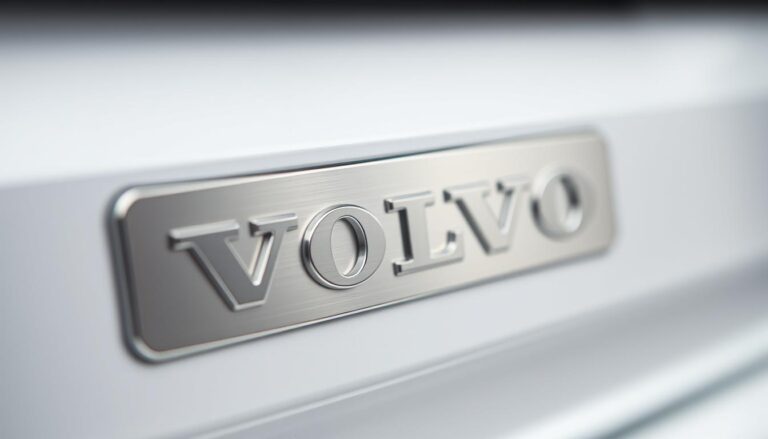This concise guide explains the process for restoring cold performance after a compressor swap. It covers system sequence, correct refrigerant choice, and safety steps you should follow. The goal is a reliable finish without needless rework.
Note: It is illegal under Section 608 of the Clean Air Act to knowingly vent refrigerants during service or disposal. Wear goggles, use plain R-134a without sealants, and never invert the can when adding refrigerant.
At a high level, verify the vehicle label for the specified refrigerant and confirm the closed system is intact. Pull a vacuum, add oil per the new compressor spec, then charge on the low side. Ensure the compressor clutch engages with the engine running, A/C on max, and fan high before proceeding.
Stop and consult a mechanic if the clutch will not engage after a small initial charge or if pressures look wrong. Safety and compliance are central; only connect at the correct service port and avoid venting refrigerant.
Key Takeaways
- Confirm the exact refrigerant on the vehicle label or owner’s manual.
- Follow Section 608 rules: never vent refrigerant and use proper PPE.
- Perform vacuum, add compressor oil, then charge via the low side.
- Verify compressor clutch engagement before a full charge.
- Stop and get professional help if the system behaves unexpectedly.
Understanding Your Car’s Air Conditioning System and Search Intent
Refrigerant circulates through a compressor, condenser, expansion device, and evaporator to change state and move heat out of the cabin. Each part plays a clear role: the compressor raises pressure and pushes the gas, the condenser rejects heat to outside air, and the evaporator absorbs cabin heat so cool air can flow from vents.
How the cooling cycle works
The cycle depends on pressure and phase changes. Low‑pressure refrigerant evaporates inside the evaporator and absorbs heat. High pressure after the compressor forces the gas through the condenser, where heat is released.
Why a proper recharge matters after component service
When a system is opened, air and moisture can enter. That contamination reduces cooling efficiency and can damage the compressor. Recharging restores correct refrigerant levels and pressure so the air conditioner delivers the intended cooling performance.
- Most modern U.S. vehicles specify R‑1234yf; many older models use R‑134a. Check the under‑hood label for the exact refrigerant type.
- Correct pressure balance is essential—low refrigerant yields warm air despite a running system.
Before You Start: Tools, Safety, and the Right Refrigerant
Gathering the right tools and confirming refrigerant type cuts risk and saves time on any service task. Assemble a manifold gauge set with clear low and high faces, a reliable vacuum pump, the correct refrigerant, a can tap and hose, plus gloves and safety glasses.
Refrigerant choice matters. Check the under‑hood label or owner’s manual to confirm R‑1234yf or R‑134a. Buy cans at a reputable auto parts store and avoid sealant products. R‑134a DIY cans with triggers and built‑in gauges are fine; many R‑1234yf systems need certified equipment and different fittings.
Locate the low pressure service port before connecting anything. The low pressure port sits on the larger diameter line, often near the firewall or on the accumulator/drier and may have an “L” cap. Purge the charging hose briefly, snap onto the low side port, and never invert cans.
- Safety and law: never vent refrigerant — Section 608 prohibits release. Use recovery gear or a professional if you must remove charge.
- Heat and pressure: work shaded, note hot lines, and only charge through the low side to avoid dangerous high pressure surges.
- Plan your course: verify parts, confirm port location, and allow time for a full vacuum and stable readings.
How to Recharge Car AC After Compressor Replacement
Start the vehicle, set maximum cooling and high blower speed, and watch the compressor clutch for consistent engagement. If the clutch does not engage, add a minimal initial amount of refrigerant and stop if engagement still fails.
Next, connect a manifold gauge set and pull a deep vacuum. Run the vacuum pump for about 30 minutes, then close the valves and hold for roughly 15 minutes to confirm there are no leaks.
If the new compressor or vehicle spec requires oil, add the correct type and quantity before charging. Proper lubrication protects the compressor and the condenser during operation.
Charge through the low side: purge the hose briefly, snap onto the low side port, and meter refrigerant slowly with the engine idling. Target low-side pressure near 30–40 psi as a general guide, but use temperature and the gauge readings for accuracy.
Allow short pauses between fills for pressures to stabilize. Monitor vent temperature and both side readings if available. When stable cold air and steady pressure appear, close the valves, disconnect, and replace the service port caps.
Troubleshooting, Leak Checks, and When to Visit a Shop
A few targeted checks usually reveal whether an issue is a simple leak, an incorrect amount of refrigerant, or a mechanical fault. Start by observing gauge behavior and vent temperature with the engine idling and controls at max.
Overcharge and undercharge signs
Undercharge often shows as low pressure on the low side, frequent compressor cycling, and warm air at the vents. This problem reduces system efficiency and increases wear on the compressor.
Overcharge can create high pressure, strain the compressor, and still deliver poor cooling despite the system appearing to run normally. In that case, do not vent gas; this is a job for a qualified shop.
If the compressor won’t engage
Adding a very small initial amount of refrigerant may raise low pressure enough for the clutch to engage. If engagement fails after that minimal step, stop and have an auto technician inspect the case and electrical parts to avoid damage.
Leak detection and professional evacuation
Listen for a steady hissing and check for oil residue at fittings and the condenser. Shops use UV dye or electronic sniffers for precise leak location. A proper evacuation pulls a deep vacuum for minutes, removing air and moisture before recharging the correct refrigerant amount.
- Heat and ambient conditions affect pressure readings; interpret values with context.
- If DIY steps do not fix the issues, visit a reputable store‑affiliated shop for safe recovery and accurate charging.
Conclusion
Complete the process with a verified vacuum draw, proper oil addition, and a measured fill through the low pressure port.
Follow these final checks to protect the system and parts. Confirm no leaks, set correct pressure targets, and let the vehicle run a short time for readings to stabilize.
Use the correct refrigerant car spec and charge via the low side in small amounts. Wear PPE, never invert cans, and avoid venting refrigerant.
If performance or pressures remain unstable, seek a reputable auto shop for legal recovery and exact metering. Careful completion ensures the air conditioning and compressor deliver reliable cooling all season.
FAQ
What signals that the air conditioning system is ready for refrigerant after a new compressor installation?
Verify the engine runs, blower is on maximum, and the AC selector is set to cold and recirculate. Confirm the compressor clutch engages and stays engaged; if it doesn’t, the system may be too low on refrigerant or has an electrical fault. Also ensure the repair shop completed a vacuum and leak test before adding gas.
Which service port should I use for adding refrigerant and how do I find it?
Use the low‑pressure service port, usually on the larger diameter aluminum line between evaporator and compressor. The cap often reads “L” or “LOW” and is bigger than the high side. Consult the vehicle’s service manual or the decal under the hood if uncertain.
Which refrigerant is correct for my vehicle in the United States?
Check the under‑hood sticker or owner’s manual for the factory specified refrigerant — most newer vehicles use R‑1234yf while many older models use R‑134a. Using the wrong refrigerant risks poor cooling and component damage and may violate regulations.
Why is pulling a vacuum necessary before adding refrigerant?
A deep vacuum removes air and moisture that reduce cooling efficiency and corrode system parts. It also confirms system integrity: holding the vacuum for 15–30 minutes without pressure rise indicates no major leaks before charging.
How much oil should be added when installing a new compressor?
Follow the compressor and vehicle manufacturer specifications. Compressors often require a measured amount of PAG or POE oil; overfilling or underfilling harms lubrication and performance. If uncertain, refer to the part manual or OEM service data.
What is the correct charging procedure on the low side?
With the manifold gauges attached and hoses purged, start the engine and AC at max. Open the low‑side valve slowly and add refrigerant in short bursts while watching the low‑side pressure and cabin vent temperature. Close the valve promptly if readings go outside target ranges.
How do I use temperature to determine proper low‑side pressure?
Measure the suction line or vent temperature and compare with the gauge reading using manufacturer charts or a target pressure table for the refrigerant type and ambient temperature. Proper superheat and suction pressure ensure efficient operation.
What are common signs of overcharge or undercharge?
Overcharge can cause high head pressures, poor cooling, and compressor hard cycling. Undercharge produces low suction pressure, compressor clutch cycling, and warm vents. Both conditions reduce efficiency and may damage parts.
How can I check for leaks after charging?
Use a UV dye with a blacklight, an electronic refrigerant sniffer, or soap bubble method on fittings. Audible hissing at service ports or connections also indicates leaks. For persistent doubts, a professional nitrogen pressure test or vacuum hold test helps locate small leaks.
When should I stop recharging and seek professional help?
Stop if pressures are unstable, the compressor won’t engage despite minimum charge, temperatures don’t drop after correct pressures, or you discover leaks you can’t repair. A certified technician with a recovery machine and leak detection tools can safely resolve complex issues.
Are there legal or safety rules about venting and handling refrigerants?
Yes. Federal and state regulations prohibit venting refrigerants like R‑134a and R‑1234yf. Use certified recovery equipment and follow EPA Section 609 requirements. Wear PPE, avoid open flames, and work in a ventilated area to prevent injury.
Can I use handheld cans from an auto parts store for a full service after compressor work?
Cans are acceptable for minor top‑offs but not recommended for a full service after compressor replacement. Handheld cans lack accurate metering and recovery capability; a proper charge requires gauges, a vacuum pump, and precise refrigerant weight per manufacturer specs.
What if the compressor clutch refuses to engage after charging efforts?
Verify electrical connections, fuses, and the AC relay first. If electricals check out, apply a controlled minimum charge per manufacturer guidelines — some systems need a small refrigerant amount before clutch engagement. If still no engagement, consult a technician to avoid damaging the new compressor.
How long should I monitor the system after completing the charge?
Run the AC for at least 10–15 minutes while observing pressures, vent temperature, and clutch operation. Recheck after a short road test to allow system stabilization. If pressures or temperatures shift significantly, perform another leak check and reassess oil/refrigerant amounts.



